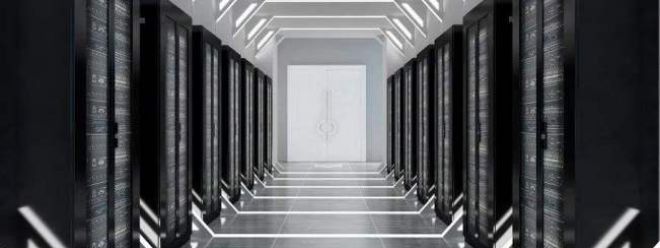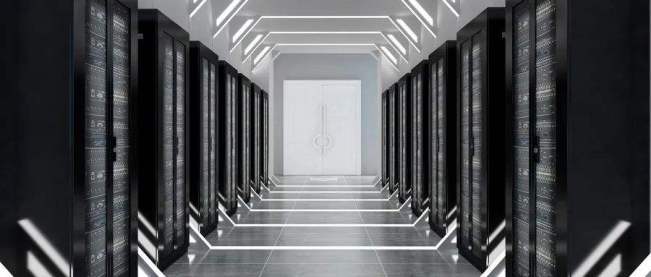How to improve the efficiency and performance of data center design, construction and operation

There are many suggestions for optimizing and improving the data center part. As the demand for data centers continues to grow, the entire industry is paying attention to this. Operators are striving to become more effective, efficient and environmentally responsible. Many operators are using innovative cooling technologies or committing to use zero-carbon renewable energy. At the same time, more companies are replacing outdated and inefficient equipment to ensure that their data centers are as efficient as possible and reach the correct performance levels.
Customers are also concerned about the Sustainable Development Goals; 62% of Oracle’s data center electricity is certified as renewable energy; Google has been using 100% renewable energy since 2017; Microsoft has been carbon neutral since 2012, and Commit to achieve negative carbon emissions by 2030. This marks a huge progress in the industry and the entire enterprise. However, the most loyal suppliers do not focus on discrete programs, but focus on optimizing their data center footprint as a whole: managing the data center life cycle end-to-end. In order to achieve optimal performance, suppliers must embark on a journey from design and construction to deployment, operation and optimization, using simulation, automation, and analysis to ensure that customer needs are met at every step.
What is "best performance"?
For most data center vendors, 100% availability is a key performance indicator, because the IT load they support is mission-critical, and the impact and cost of downtime are high-not only for vendors, but for all enterprises is also like this. Today's data centers support almost all of the UK and global digital economy, and now almost everyone is turning to online services for remote work and/or entertainment, even more so.
Scalability is also important for performance, because customers want operators to provide more or less space when needed. This is especially important for managed service providers who need to flexibly provide services based on the changing requirements of multiple customers. For example, a high-performance computing (HPC) environment requires a lot of power and agility to quickly change consumption according to demand. At the same time, modern data centers are expected to keep power usage within environmental requirements.
Success starts with construction and construction
The first consideration for data center operators may be location. Of course, a data center can be built almost anywhere, as long as there is enough suitable power and correct connections, but the location will affect the quality of service it can provide customers. The data center should be close enough to the data center ecosystem to support mission-critical data replication services, but far enough away from the two to meet physical disaster recovery requirements.
In terms of design and construction, there are many things to consider, such as materials, time to market and cost. But it's not just a quick and efficient build. Innovative data center design is a way to maintain market leadership and push standards forward. For example, some suppliers use natural water sources for cooling, some ensure that they collect rainwater and reuse thermal waste, and other suppliers build air that uses hot aisle closures and uses indirect evaporative air technology for cooling to flood data halls to provide cooling, but very Low energy consumption.
Innovation must be consistent with continued sustainability, which is where the BREEAM (Building Research Institute Environmental Assessment Method) standard is important. These standards focus on the green certification of commercial buildings, verify their performance and compare them with sustainability benchmarks throughout the project life cycle.
In addition to promising to meet the BREEAM specification, many providers also adopt a modular construction approach to deploy capacity when needed. This improves utilization and maximizes efficiency from an operational and cost perspective.
Deployment, operation and optimization
Power and cooling account for the majority of data center operating costs, so they are key considerations for efficiency and performance. Trends such as immersion cooling, backup power and power generation solutions are all interesting areas for future innovation.
Liquid cooling has quickly made a comeback as a way to maintain the best operating temperature, especially in the HPC field, combined with innovative technologies such as the use of indirect evaporative air.
In terms of power requirements, an uninterruptible power supply (UPS) will depend on several factors, including the importance of the system under load, the quality of the existing power supply, and of course the cost. In terms of energy use, many suppliers promise to use 100% renewable and zero-carbon energy-helping them achieve environmental goals while saving costs and improving reliability.
Investment skills
Even if automation and artificial intelligence (AI) support the next generation of data center infrastructure management (DCIM) systems that bring greater visibility, and have remote monitoring and management capabilities, operators are still a critical part of the smooth operation of any facility. Technical skills are crucial, and these requirements are always evolving. In the past, having a solid network or hardware background was enough to be a successful candidate in the field of data center operations, but the shift to cloud computing means that a new set of skills is required or required—especially around artificial intelligence and big data. Moreover, in addition to technical skills, other important skills such as collaboration, teamwork, and leadership are also essential. The market's demand for data center space is increasing year by year. It is expected that in the foreseeable future, as more and more devices are connected to the Internet, and more data is generated than ever before, this demand will continue to grow. However, demand is accompanied by continuous cost and sustainability pressures, so time and investment must be spent on the research and development of all aspects of data center solutions-from cooling systems to power distribution, to security and monitoring-to improve performance And efficiency. Forward-looking suppliers will work with supply partners and customers to innovate, strengthen product development and adoption where possible.